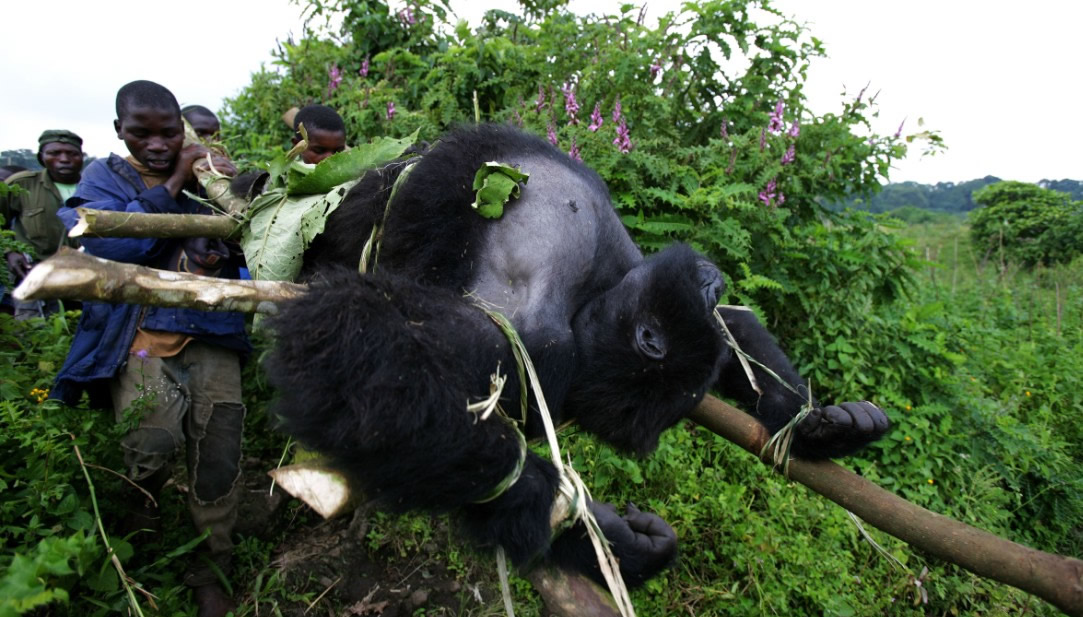The Ugly 5 Game
Have you ever heard about the ugliest wild animals? Besides the famous f big 5 animals, Africa is remarkably a destination of natural wonders as visitors also have the opportunity to spot out its ugliest wildlife species while on their safaris. For travelers who are planning their safaris to Africa, there is more than enjoying the big five game in most of Africa’s savannah grassland. We have provided a list of ugliest wildlife for you to spot in addition to the big five;
- The Marabou stork
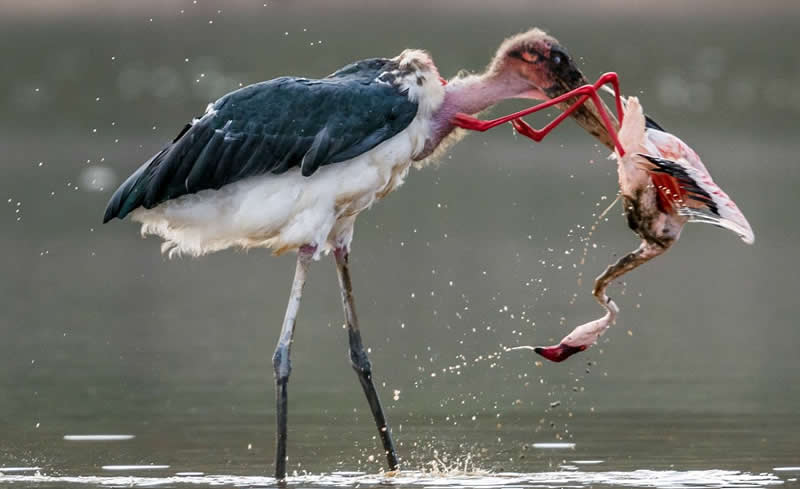 This features frizzy hair protrudes from a speckled pink scalp, large black wings that fold inwards as it stalks, hunched forward, via grass, fleshy throat swinging from one side to the other. Also known as Leptoptilos crumenifer, Marabou stork largely exists in the south of Sahara-wet and semi-arid areas. Marabou storks are scavengers.
This features frizzy hair protrudes from a speckled pink scalp, large black wings that fold inwards as it stalks, hunched forward, via grass, fleshy throat swinging from one side to the other. Also known as Leptoptilos crumenifer, Marabou stork largely exists in the south of Sahara-wet and semi-arid areas. Marabou storks are scavengers.
While with this remarkable bird, you will be able to sight them roaming along the periphery while waiting for the pieces of carrion the vultures discard. Whereas they like the flesh of dead wildlife species, these unique birds also depend on anything small enough for them to swallow and not to forget the rubbish dumps. In Uganda, they are commonly spotted around Kampala and some of the national parks.
- Vulture
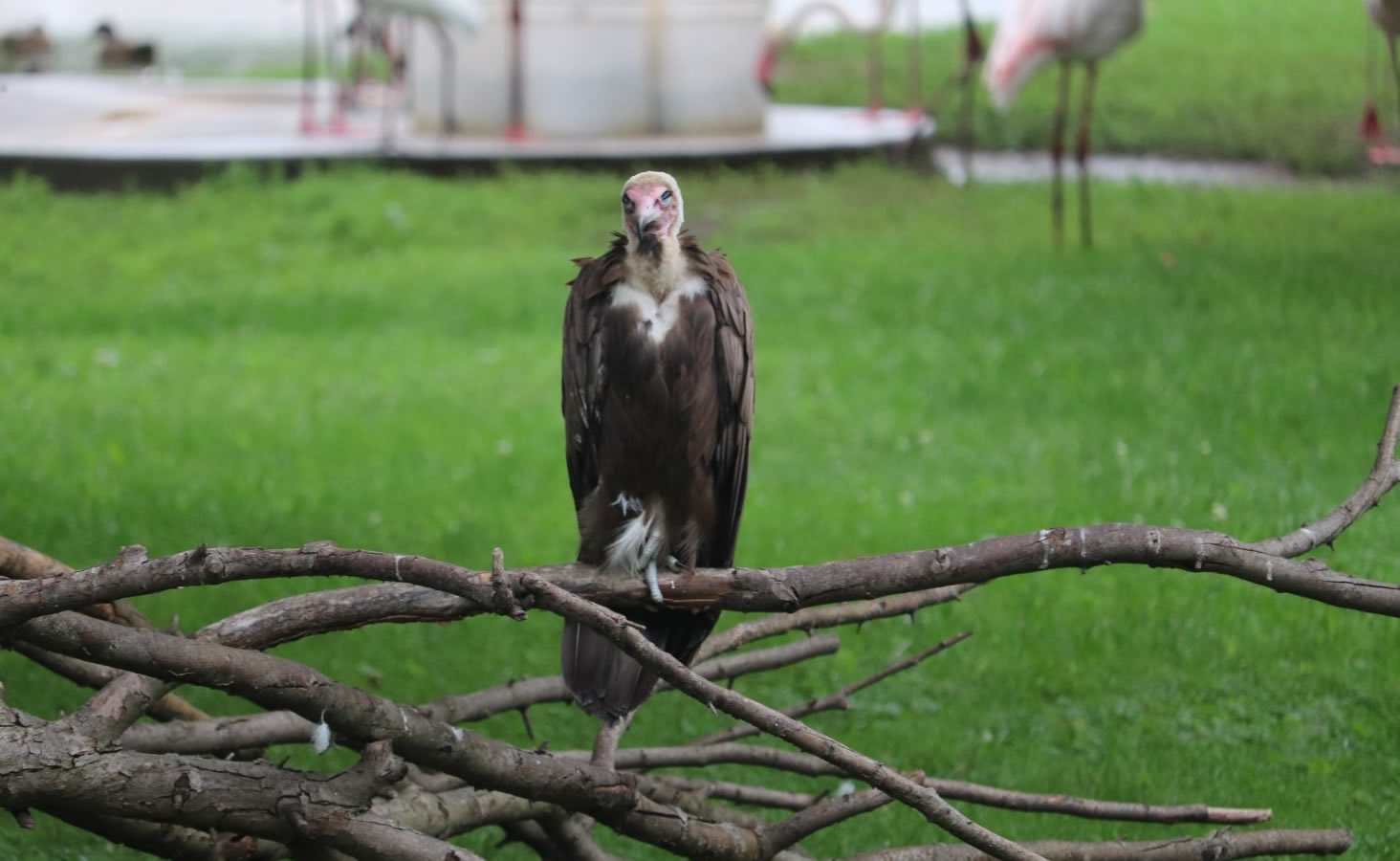 The Cape vulture is an endemic bird to Southern Africa, and recently it featured in the list of endangered species. It is scientifically known as gyps coprotheres and it lays one egg per year, and they normally high up on cliff faces. This bird is highly threatened by the electric cables and pylons, the shrinking foraging habitat and terrifying, poisoning.
The Cape vulture is an endemic bird to Southern Africa, and recently it featured in the list of endangered species. It is scientifically known as gyps coprotheres and it lays one egg per year, and they normally high up on cliff faces. This bird is highly threatened by the electric cables and pylons, the shrinking foraging habitat and terrifying, poisoning.
- Warthog
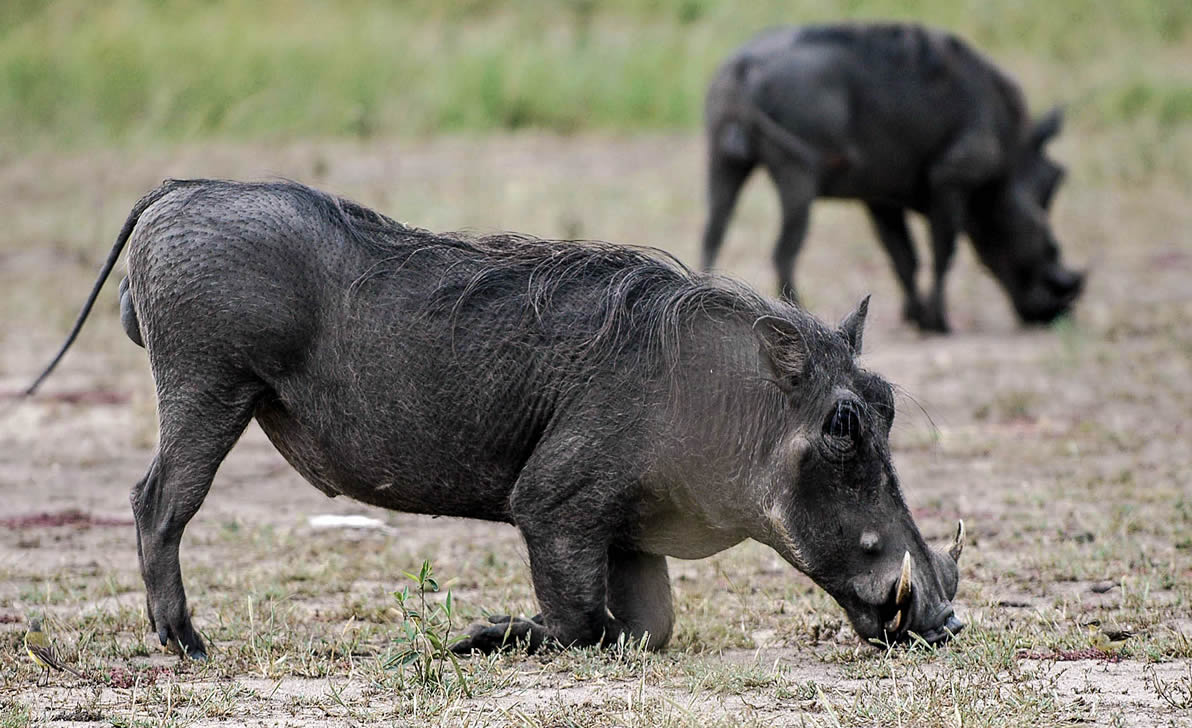 This wildlife species is a bristly haired wild pig. It is also called Phacochoerus Africanus lingering around vast sub-Saharan Africa. It features antenna like tail pointing skyward, rough name flowing behind it and adult warthog can pick up a fair amount of speed where need be. Their tufts of spiky hair, prominent snouts, vicious tusks, prominent snouts, and facial wattles and they are largely sighted around the grassland.
This wildlife species is a bristly haired wild pig. It is also called Phacochoerus Africanus lingering around vast sub-Saharan Africa. It features antenna like tail pointing skyward, rough name flowing behind it and adult warthog can pick up a fair amount of speed where need be. Their tufts of spiky hair, prominent snouts, vicious tusks, prominent snouts, and facial wattles and they are largely sighted around the grassland.
- Wildebeest
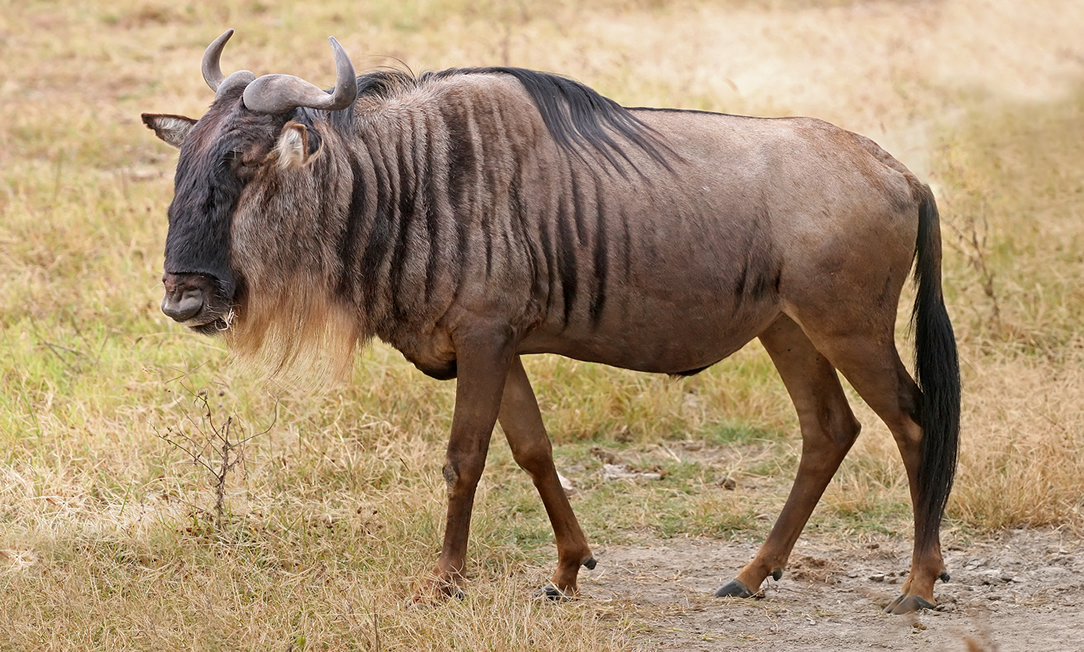 This feature the long nose, high shoulders, thick neck, skinny legs, narrow scraggly beard, and hips. Also known as Connochaetes, the wildebeests are from the same family as cattle, antelopes, and sheep and mostly sighted around the savanna.
This feature the long nose, high shoulders, thick neck, skinny legs, narrow scraggly beard, and hips. Also known as Connochaetes, the wildebeests are from the same family as cattle, antelopes, and sheep and mostly sighted around the savanna.
- Hyena
 This species is linked to African myth and folklore, the hyena’s reputation as a backstabbing opportunist often gets him a bad rap. It features slopping and short hind legs and features the negative image of a permanently skulking species. It depends on scavenge rather than hunting and it features the strongest jaws.
This species is linked to African myth and folklore, the hyena’s reputation as a backstabbing opportunist often gets him a bad rap. It features slopping and short hind legs and features the negative image of a permanently skulking species. It depends on scavenge rather than hunting and it features the strongest jaws.
In conclusion, the little five animals are stunning on their own. Whereas they seem common, sighting them on Africa jungles rewards visitors with amazing experiences of a lifetime.

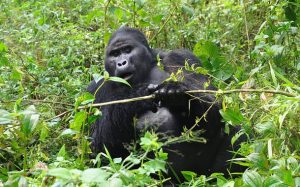 Have you ever imagined why mountain gorillas feature as the most critically endangered species in the world? With fewer than 1000 individuals that are left in the world today, the rare mountain gorillas are listed under IUCN Red book as the critically endangered Apes in the world and their survival on earth is at risk of extinction
Have you ever imagined why mountain gorillas feature as the most critically endangered species in the world? With fewer than 1000 individuals that are left in the world today, the rare mountain gorillas are listed under IUCN Red book as the critically endangered Apes in the world and their survival on earth is at risk of extinction
